This season is also the season when the risk of outbreaks of highly pathogenic avian influenza increases.
Rapid response to highly pathogenic avian influenza is required, and in order to do so, it is important to collect information on a daily basis.
As a result of our company's survey of information collection trends on avian influenza, the number of people searching for information on avian influenza countermeasures on the Internet increased significantly from November to March. There was a tendency for a large number of people to have a sharp edge.
Therefore, in this article, I would like to share the latest information, including the implication of alerting against the outbreak of avian influenza.
What is bird flu?
Bird flu is an infectious disease of birds caused by type A influenza virus. Among wild waterfowl, especially waterfowl (such as ducks and geese) carry a large number of this type A influenza virus, but they are usually asymptomatic.
Derived from these wild waterfowl, poultry such as chickens raised in poultry houses are also infected with influenza, but the virus mutates into a highly pathogenic virus as the infection is repeated.
This is called highly pathogenic avian influenza virus. Characteristically, it is highly contagious to poultry and rapidly kills many poultry.
There are several types of bird flu, some of which are less pathogenic. In addition, since the susceptibility to infection and the severity of symptoms differ depending on the type of wild bird, some birds have no symptoms at all, while others die.
The terms "highly pathogenic" and "lowly pathogenic" refer to the strength of pathogenicity to poultry. It is good to know that it is not pathogenic for wild birds or humans.
Avian influenza outbreak situation in Japan this year
On the website of the Ministry of Agriculture, Forestry and Fisheries, the outbreak situation of avian influenza in this year is open to the public.
As of December 16, 9 cases in poultry have been confirmed in 8 prefectures, and 7 cases have been confirmed in wild birds.

Why does the risk of outbreaks of highly pathogenic avian influenza increase in this season?
The reason why the risk of outbreak of highly pathogenic avian influenza is high in this season is that winter migratory birds, which are likely to carry the above viruses, stay in Japan.
Looking at the status of highly pathogenic avian influenza virus positive cases announced by the Ministry of the Environment this season (2021), the types of wild birds that have been confirmed positive are mallards, pintails, and hooded cranes.
Many mallards and pintails migrate to Japan as winter birds, mainly from the eastern part of Russia and the Far East.
Among ducks, mallards tend to arrive later in the season, and the number of arrivals peaks nationwide in November, and they tend to winter or migrate in various places until March. After that, in April, I will leave Japan.
Pintails fly to Japan as a stopover point for migration, and the population increases mainly in Hokkaido and the Sea of Japan side of Tohoku from September to December. From March, it begins to decrease in survey areas south of Honshu except Aomori, and in April it is almost absent in areas other than Hokkaido.
The timing when many migratory birds stay in Japan is the time when the risk of avian influenza outbreak is highest.
It is also possible that rats carry the virus
At the beginning of this month, a highly toxic and highly pathogenic virus "H5 type" was detected at a poultry farm in Hosonaga, Nankan-cho, Kumamoto Prefecture. Quarantine measures were taken to prohibit the movement and export of eggs.
The Ministry of Agriculture, Forestry and Fisheries has announced the results of a field survey, and although it was not possible to identify the route of entry of the virus, it points out that rats may have brought the virus from the outside. When the ministry's epidemiological research team investigated the poultry farm, they found droppings and footprints that appeared to be from rats in the poultry house, and there was a gap in the drain that could allow small animals to enter.
In an experiment conducted in the past, when highly pathogenic avian influenza virus was administered to domestic mice (wild rats, black rats, and house mice) in drinking water, the virus was detected in the oral cavity of all mice, and the virus was detected in black rats in particular for 5 days. It is highly likely that rats transmit highly pathogenic avian influenza.
Mr. Ikuo Moribe, a leading expert in rodent extermination, has long pointed out the possibility that rodents transmit avian influenza, and our company is also aware of the importance of rodent extermination in poultry houses. .
A mouse trap developed by Ikuo Moribe
Easy assembly and easy installation. seesaw catch>>Prepare an environment to prevent viruses from wild animals from being brought into the farm/poultry house.
To prevent avian influenza, it is important to reduce the introduction of viruses from ducks and wild animals into farms/poultry houses.
For example, if a waterfront such as a swamp or pond where ducks fly is close, wild animals such as weasels, martens, raccoon dogs and wild boars that visit there may bring the virus to the poultry farm.
Preventing the invasion of such wild animals is an important point in domestic countermeasures against avian influenza.

 箱罠
箱罠
 くくり罠
くくり罠
 パーツ類
パーツ類
 電気柵
電気柵
 自作キット
自作キット
 防獣グッズ
防獣グッズ
 監視カメラ
監視カメラ

![[Warning] Outbreak of classical swine fever](http://inohoi.jp/cdn/shop/articles/autumnal-leaves-2994802_1280_520x500_64af3213-f0e1-4da3-8680-896eb0b82f3a.jpg?v=1738910784&width=750)



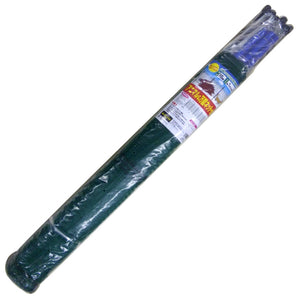
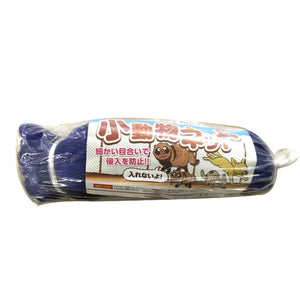



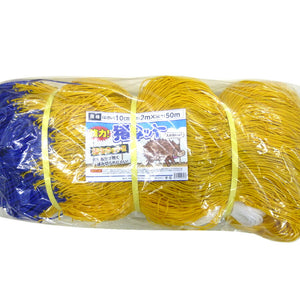

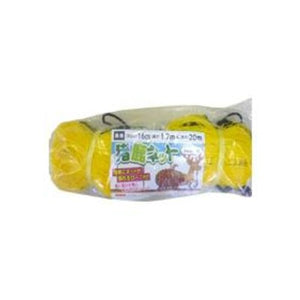
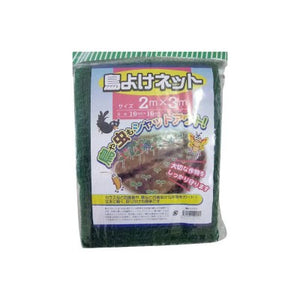
 box trap
box trap
 tying trap
tying trap
 enclosure trap
enclosure trap
 Prevention and avoidance goods
Prevention and avoidance goods
 electric fence
electric fence
 trap surveillance camera
trap surveillance camera
 transportation goods
transportation goods
 Trap detection sensor
Trap detection sensor
 hunting supplies
hunting supplies
 game cookware
game cookware
 hunting books
hunting books
 Anti-bird goods
Anti-bird goods
 Agricultural materials/machinery
Agricultural materials/machinery
 Gibier
Gibier
 boar
boar
 deer
deer
 Kyon
Kyon
 monkey
monkey
 raccoon
raccoon
 Badger
Badger
 palm civet
palm civet
 raccoon dog
raccoon dog
 nutria
nutria
 mouse or rat
mouse or rat
 Mole
Mole
 bear
bear
 pigeon
pigeon
 Crow
Crow







